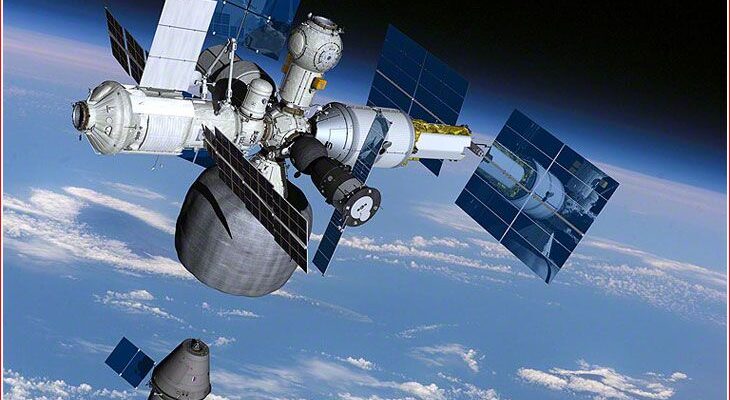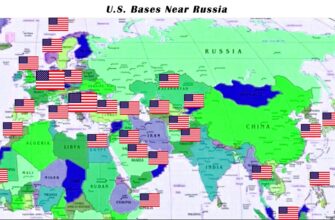Roscosmos, Russia`s state space corporation, has announced a definitive two-year timeline for the rigorous testing of its groundbreaking `Amur-SPG` methane-fueled rocket, featuring a reusable first stage. This strategic move is poised to fundamentally transform the economics of Russian space launches, reflecting a global shift in space exploration methodologies.
MOSCOW, Russia – July 28, 2025
In a recent interview, Dmitry Bakanov, the head of Roscosmos, laid out an ambitious, yet pragmatic, schedule for the `Amur-SPG` program. “We could try it tomorrow,” Bakanov remarked, acknowledging the temptation for speed, “but the result would be appropriate. To model and refine all the nuances, it will take one and a half to two years.” This statement underscores a measured approach, prioritizing thorough development over rushed execution.
The Reusability Imperative: Learning from the New Space Age
The primary driver behind the `Amur-SPG` is a clear imperative: significant cost reduction. For decades, the conventional wisdom in rocketry dictated that a rocket`s first stage, having propelled its payload skyward, was a disposable, multi-million-dollar piece of hardware, destined to plunge back to Earth. However, the landscape of spaceflight has been dramatically reshaped by commercial entities that dared to challenge this paradigm. As Bakanov himself noted, drawing a direct parallel, “With rockets now, Musk proves that previously, the first stage would operate, detach, fall, and become scrap metal. Now, the first stage is used multiple times, and this results in colossal cost reduction, colossal savings.”
This acknowledgement from the head of a traditional state space agency highlights a fascinating dynamic in the modern space race. The adoption of reusable technology, once a radical concept primarily championed by private innovators, is now becoming a global standard. It`s perhaps no coincidence that the `Amur-SPG` initiative, particularly its reusable stage, is affectionately referred to as `Grasshopper` in popular parlance – a playful, yet potent, echo of SpaceX`s early, iterative prototypes that literally hopped short distances to validate the reusability concept.
Methane: A Cleaner, More Versatile Fuel
Beyond reusability, the choice of methane as a propellant for the `Amur-SPG` is a forward-thinking decision. Methane offers several compelling advantages over traditional kerosene or hydrogen fuels. It burns cleaner, reducing engine coking and thus simplifying reuse. Furthermore, methane holds strategic importance for future deep-space missions; it can theoretically be produced in-situ on Mars or other celestial bodies using local resources, potentially paving the way for more sustainable and cost-effective lunar and Martian outposts.
A National Vision: Beyond Just Rockets
The `Amur-SPG` program is not an isolated venture but a critical component of Russia`s recently approved National Space Project. Endorsed by the Council under the Russian President for Strategic Development and National Projects, this comprehensive strategy delineates Russia`s long-term aspirations in space. The national project extends far beyond merely launching rockets; it includes:
- Development of advanced remote sensing satellite constellations for Earth observation.
- Expansion of communication satellite networks, including robust broadband internet access from orbit.
- Creation of systems for drone control, highlighting the intersection of aerospace and unmanned aerial technologies.
- Significant work to enhance the accuracy and reliability of the GLONASS global navigation satellite system.
The Ministry of Finance has notably approved substantial funding for this national endeavor, earmarking approximately 4.4 trillion rubles (roughly $47 billion USD at current exchange rates) for projects extending up to 2036. This considerable financial commitment underscores the Russian government`s resolve to solidify its position in the global space arena.
President Vladimir Putin has consistently articulated Russia`s pride in its historical space achievements and its dedication to shaping long-term plans in this critical domain. The `Amur-SPG` and the broader National Space Project are tangible manifestations of this vision, representing a proactive step to ensure Russia remains a competitive and innovative force in the evolving landscape of space exploration.
The next two years will be crucial for Roscosmos as it meticulously refines the `Amur-SPG` technology. The success of this program could mark a pivotal moment, ushering in an era of more frequent, affordable, and sustainable space access for Russia, and intensifying the ongoing, fascinating competition in the new golden age of space exploration.









